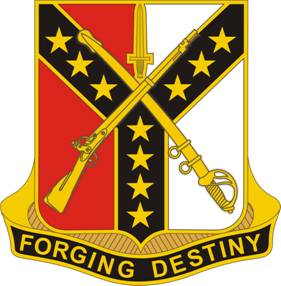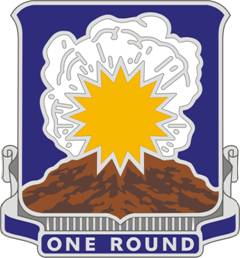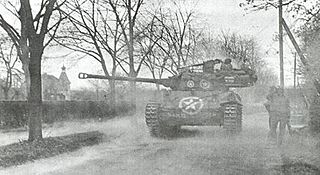| 808th Tank Destroyer Battalion | |
|---|---|
| Active | 1942–1945 |
| Disbanded | 1945 |
| Country | United States |
| Allegiance | Army |
| Part of | Independent unit |
| Equipment | 3" anti-tank guns M36 tank destroyer |
The 808th Tank Destroyer Battalion was a tank destroyer battalion of the United States Army active during the Second World War.

The tank destroyer battalion was a type of unit used by the United States Army during World War II. The unit was organized in one of two different forms—a towed battalion equipped with anti-tank guns, or a mechanized battalion equipped with armored self-propelled guns. The tank destroyers were formed in response to the German use of massed formations of armored units early in WW2. The tank destroyer concept envisioned the battalions acting as independent units that would respond at high speed to enemy tank attacks. In this role they would be attached to divisions or corps. In practice, they were usually attached to infantry divisions. Over one hundred battalions were formed, of which more than half saw combat service. The force was disbanded shortly after the end of the war when the concept had been shown to be obsolete.

The United States Army (USA) is the land warfare service branch of the United States Armed Forces. It is one of the seven uniformed services of the United States, and is designated as the Army of the United States in the United States Constitution. As the oldest and most senior branch of the U.S. military in order of precedence, the modern U.S. Army has its roots in the Continental Army, which was formed to fight the American Revolutionary War (1775–1783)—before the United States of America was established as a country. After the Revolutionary War, the Congress of the Confederation created the United States Army on 3 June 1784 to replace the disbanded Continental Army. The United States Army considers itself descended from the Continental Army, and dates its institutional inception from the origin of that armed force in 1775.
The battalion was activated on 27 March 1942. It deployed into Normandy on 19 September, equipped with towed 3" anti-tank guns. It first saw action six days later, on the 25th, when it was attached to the 80th Infantry Division. It was detached from the 80th on 21 December, and moved to participate in the Battle of the Bulge, where it protected the flank of XII Corps through to late January. Elements of the division fought with the 5th Infantry Division in late December.
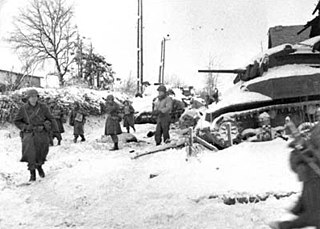
The Battle of the Bulge, also known as the Ardennes Counteroffensive, took place from 16 December 1944 to 25 January 1945, and was the last major German offensive campaign on the Western Front during World War II. It was launched through the densely forested Ardennes region of Wallonia in eastern Belgium, northeast France, and Luxembourg, towards the end of the war in Europe. The offensive was intended to stop Allied use of the Belgian port of Antwerp and to split the Allied lines, allowing the Germans to encircle and destroy four Allied armies and force the Western Allies to negotiate a peace treaty in the Axis powers' favor.

The XII Corps fought from northern France to Austria in World War II. Constituted in the Organized Reserves in 1933, it was activated on 29 August 1942 at Columbia, South Carolina. XII Corps became operational in France as part of Lieutenant General George S. Patton's Third Army on 1 August 1944. Initially commanded by Major General Gilbert R. Cook, bad health forced MG Cook to relinquish command to Major General Manton S. Eddy within three weeks. MG Eddy commanded the corps until late April 1945, when his own health problems forced him to turn over command to MG Stafford LeRoy Irwin.

The 5th Infantry Division (Mechanized)—nicknamed the "Red Diamond", the "Red Devils", or "die Roten Teufel"—was an infantry division of the United States Army that served in World War I, World War II and the Vietnam War, and with NATO and the U.S. Army III Corps. It was disbanded and deactivated on 24 November 1992.
In February 1945 it re-equipped with M36 tank destroyers, and was then attached to the 76th Infantry Division for the drive to the Rhine. In April it was transferred to 65th Infantry Division and pushed through southern Germany with Third Army. At the beginning of May it moved to Linz, and ended the war inside Austria.

The M36 tank destroyer, formally 90 mm Gun Motor Carriage, M36, was an American tank destroyer used during World War II. The M36 combined the hull of the M10 tank destroyer, which used the M4 Sherman's reliable chassis and drivetrain combined with sloped armor, and a massive new turret mounting the 90 mm gun M3. Conceived in 1943, the M36 first served in combat in Europe in October 1944, where it partially replaced the M10 tank destroyer. It also saw use in the Korean War, able to defeat any of the Soviet tanks used in that conflict. Some were supplied to South Korea as part of the Military Assistance Program and served for years, as did re-engined examples found in Yugoslavia, which operated into the 1990s. Two remained in service with the Republic of China Army at least until 2001.

The 76th Infantry Division was a unit of the United States Army in World War I, World War II and the Cold War. The division was inactivated in 1996 and has been reconstituted as the 76th US Army Reserve Operational Response Command in 2013.
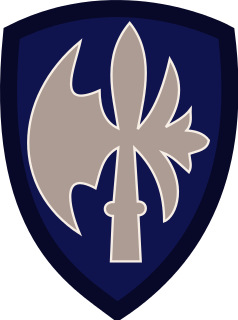
The 65th Infantry Division—nicknamed the "Battle-axe"—was an infantry division of the United States Army that served in World War II. Its shoulder patch is a white halberd on a blue shield.


